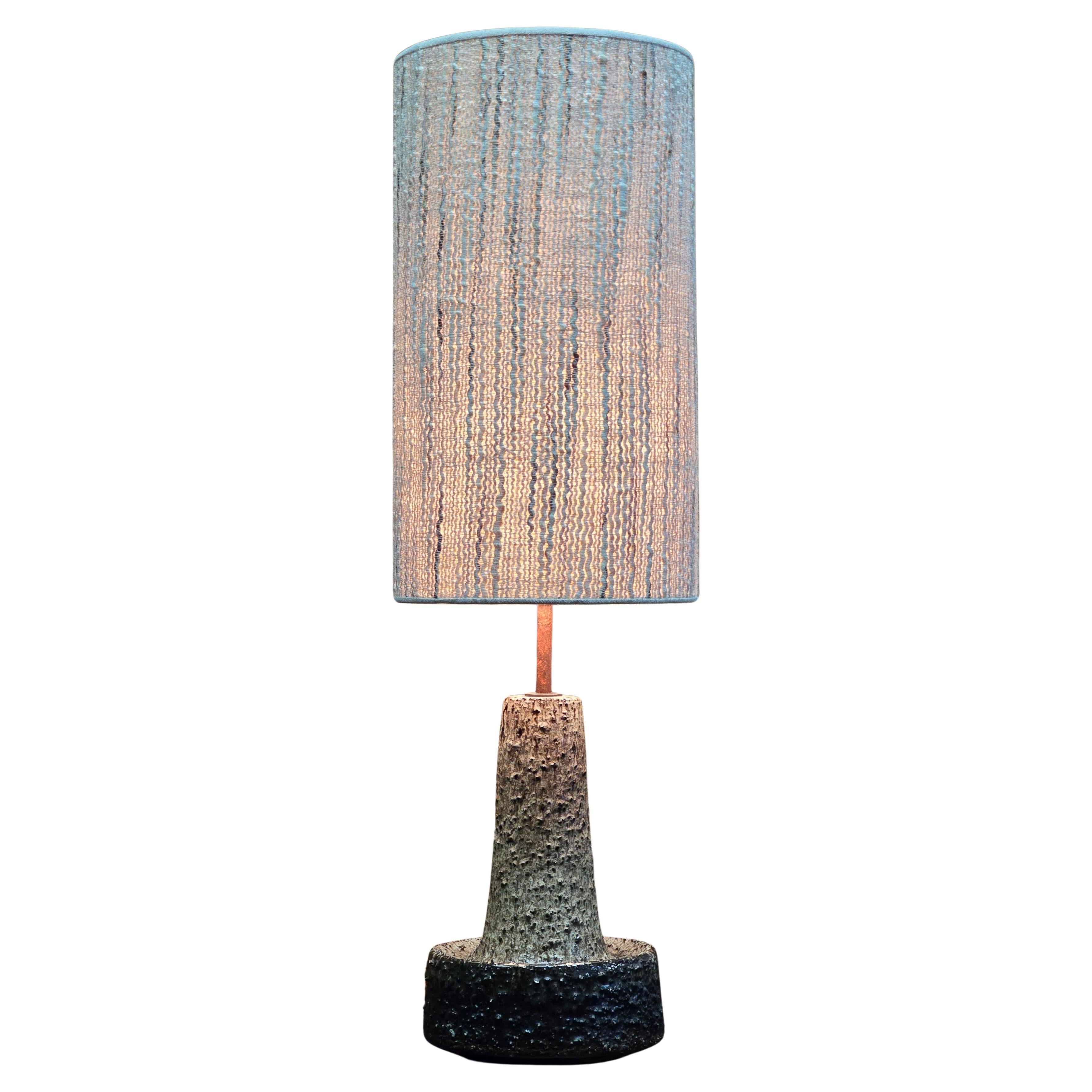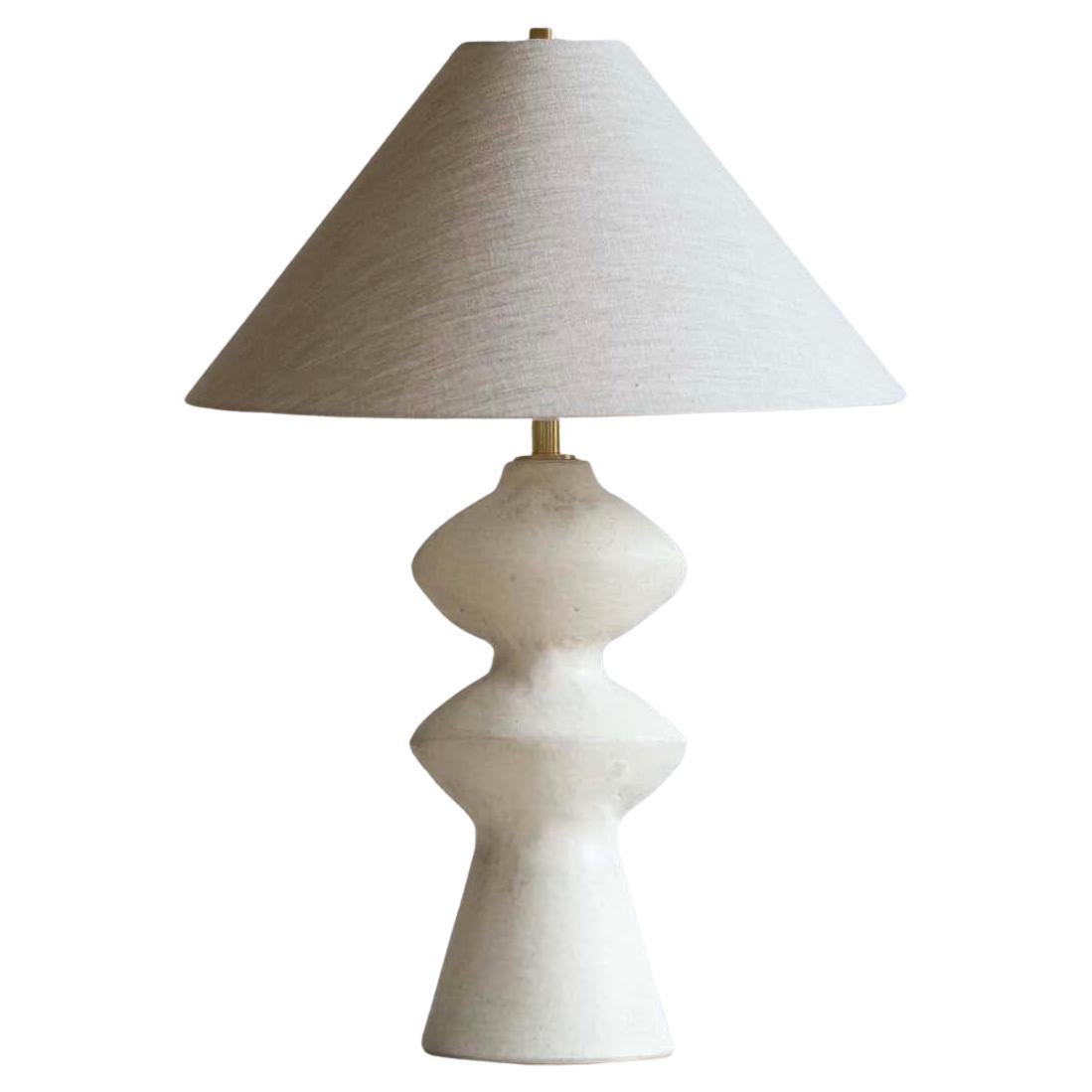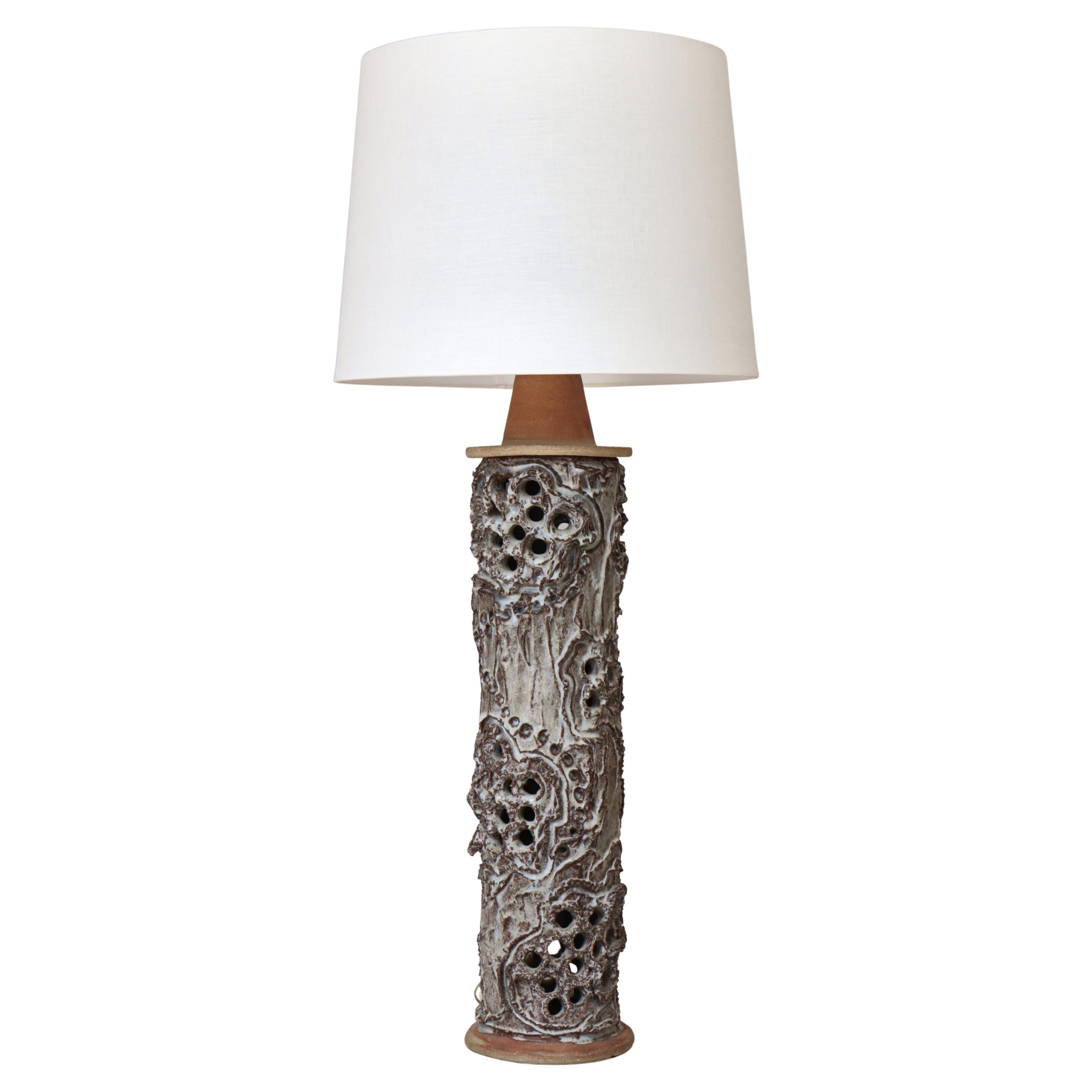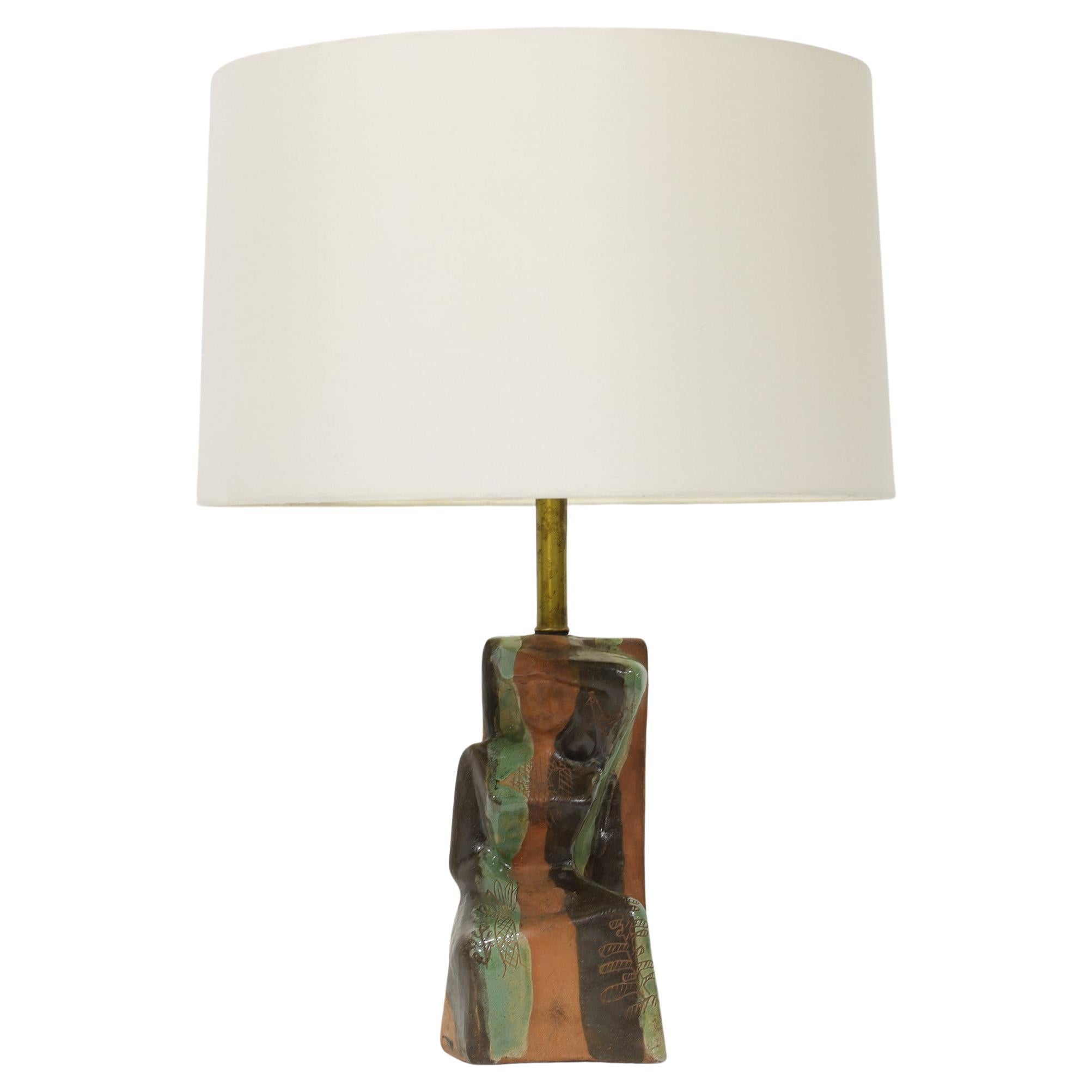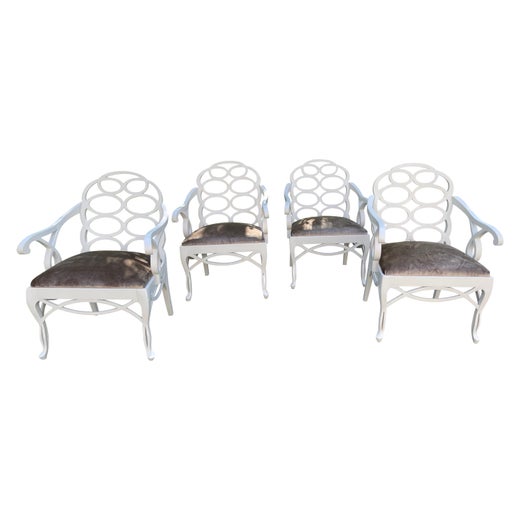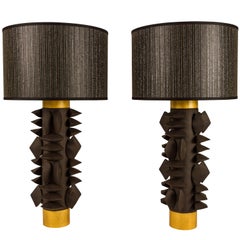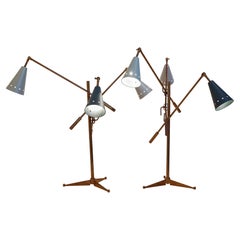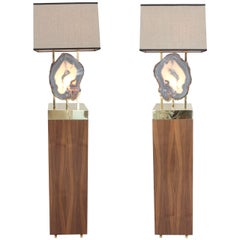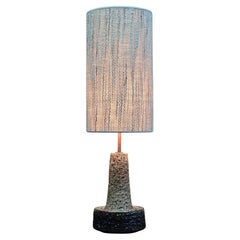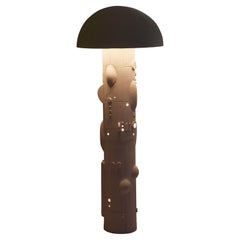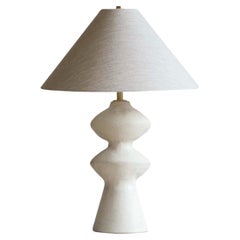Custom Tree Form Lamp by Frances Elkins
About the Item
- Creator:Frances Elkins (Designer)
- Dimensions:Height: 77.5 in (196.85 cm)Diameter: 25 in (63.5 cm)
- Power Source:Plug-in
- Lampshade:Included
- Style:Mid-Century Modern (Of the Period)
- Materials and Techniques:
- Place of Origin:
- Period:
- Date of Manufacture:1940s
- Condition:Refinished. Rewired: Lamp has been rewired and is ready to go. White gesso finish was redone. Wear consistent with age and use. New custom shade.
- Seller Location:Palm Desert, CA
- Reference Number:1stDibs: 12050979771549
Frances Elkins
Although she doesn’t have the name recognition of Syrie Maugham or Elsie de Wolfe (known as “the mother of interior decoration”), American designer Frances Elkins was one of the most prominent grand-dame decorators of the first half of the 20th century, and arguably the most influential on the West Coast.
Born into a prosperous Milwaukee family in the clothing business, Frances Elkins, née Adler, might never have ventured outside of Wisconsin were it not for her older brother David. After graduating from Princeton University, he decided to tour Europe and study architecture there, and he brought his teenage sister along. The experience was life-changing. Adler was deeply inspired by the classical architecture he saw, while his sister was captivated by the future-looking art they encountered.
After three years abroad, Elkins returned to the States. In 1917, she married Felton Broomall Elkins, a wealthy Philadelphia–born playwright and polo player who took her to live by the sea in Monterey, California, where many of their society friends were building houses in nearby Pebble Beach. The couple bought a derelict 19th-century adobe mansion, Casa Amesti, that Elkins planned to renovate with her brother, who had established an architecture practice in Chicago designing stately homes. Elkins insisted it would be the most attractive home in northern California when she and her brother were done.
Adler understood just how to mix architectural languages to create spaces of drama and interest. Elkins, meanwhile, enlivened the rooms with a decorative mélange of French and English period furnishings along with Chinoiserie, all within a brilliant color scheme of yellow, blue and white, and arranged in the symmetrical settings her brother favored. When they were finished, Elkins was proved right — Casa Amesti was unlike any other home in northern California. It was fresh and sophisticated, warm and inviting.
One of Elkins’s first commissions was decorating the Monterey Colonial of her good friend Hester Griffin. For the living room, Elkins selected Chippendale furniture, Queen Anne mirrors and Ming screens in a stylish palette of bone and black. To give the space a contemporary twist, she added very new and daring lamps by Jean-Michel Frank and covered the scoop-back sofa and armchairs with peach corduroy, a material which was plush yet utterly unconventional as a furniture covering. It started a trend.
A savvy businesswoman, Elkins recognized commercial opportunities when she saw them, and so eventually became the first American importer of French country antiques, as well as the sole distributor of the furnishings of Frank and Alberto Giacometti in the States. She collaborated with both of these major talents on several designs.
Throughout the 1920s, Elkins decorated a host of other houses around Pebble Beach. Her local work culminated with her design of what was to become the legendary golf club, Cypress Point. She decorated the clubhouse interior in tones of beige, yellow and melon and furnished the rooms with French Provincial pieces, creating spaces that were gracious yet informal.
Eventually, Elkins opened her own workshop, where a staff of artisans reproduced favorite furnishings, lighting and accessories, in addition to realizing her own designs. Ironically, the Loop chair for which she is best known is an 18th-century design, which she reproduced only twice for the “living porch” of Mrs. Marshall Field on Long Island and the living room of the Wheeler house in the Chicago suburbs.
By the 1930s, Elkins was working frequently in San Francisco, decorating interiors for some of the city’s most prominent families, as well as designing a number of commercial projects, including the Yerba Buena Club for Women. Again, her approach was eclectic and bold. She renewed the club’s waiting room and lounge, by covering the Victorian-style seating in audacious reds and blues. And while she paid tribute to Frank in the design of the minimalist dining room’s staircase, seating and torchieres, she also splashed it with color by covering the walls in yellow velvet.
Sadly, Elkins and her brother both died relatively young in their mid-sixties. Yet not before contributing significantly to what would become cosmopolitan American style.
Find vintage Frances Elkins furniture on 1stDibs.
- ShippingRetrieving quote...Shipping from: Palm Desert, CA
- Return Policy
More From This Seller
View All2010s American Table Lamps
Ceramic, Wood
21st Century and Contemporary American Table Lamps
Rock Crystal, Brass
Vintage 1950s Italian Mid-Century Modern Table Lamps
Brass, Enamel
21st Century and Contemporary American Floor Lamps
Agate, Brass
Vintage 1950s Italian Mid-Century Modern Table Lamps
Chrome
Vintage 1960s American Mid-Century Modern Table Lamps
Metal
You May Also Like
Mid-20th Century Danish Mid-Century Modern Table Lamps
Ceramic, Fabric
2010s French Post-Modern Floor Lamps
Ceramic
2010s American Mid-Century Modern Table Lamps
Ceramic
2010s American Mid-Century Modern Table Lamps
Ceramic
Vintage 1960s Scandinavian Scandinavian Modern Floor Lamps
Ceramic
20th Century American Mid-Century Modern Table Lamps
Ceramic
Read More
In Dragonette’s New Palm Desert Digs, Great Design Springs Eternal
Since leaving Los Angeles, Patrick Dragonette is experiencing a new kind of creative freedom.
Why This L.A. Designer Prefers Soulful Sophistication over Snobbism
Mallery Roberts Morgan practices a singular brand of creative fluidity as a writer and a quietly influential interior designer.
